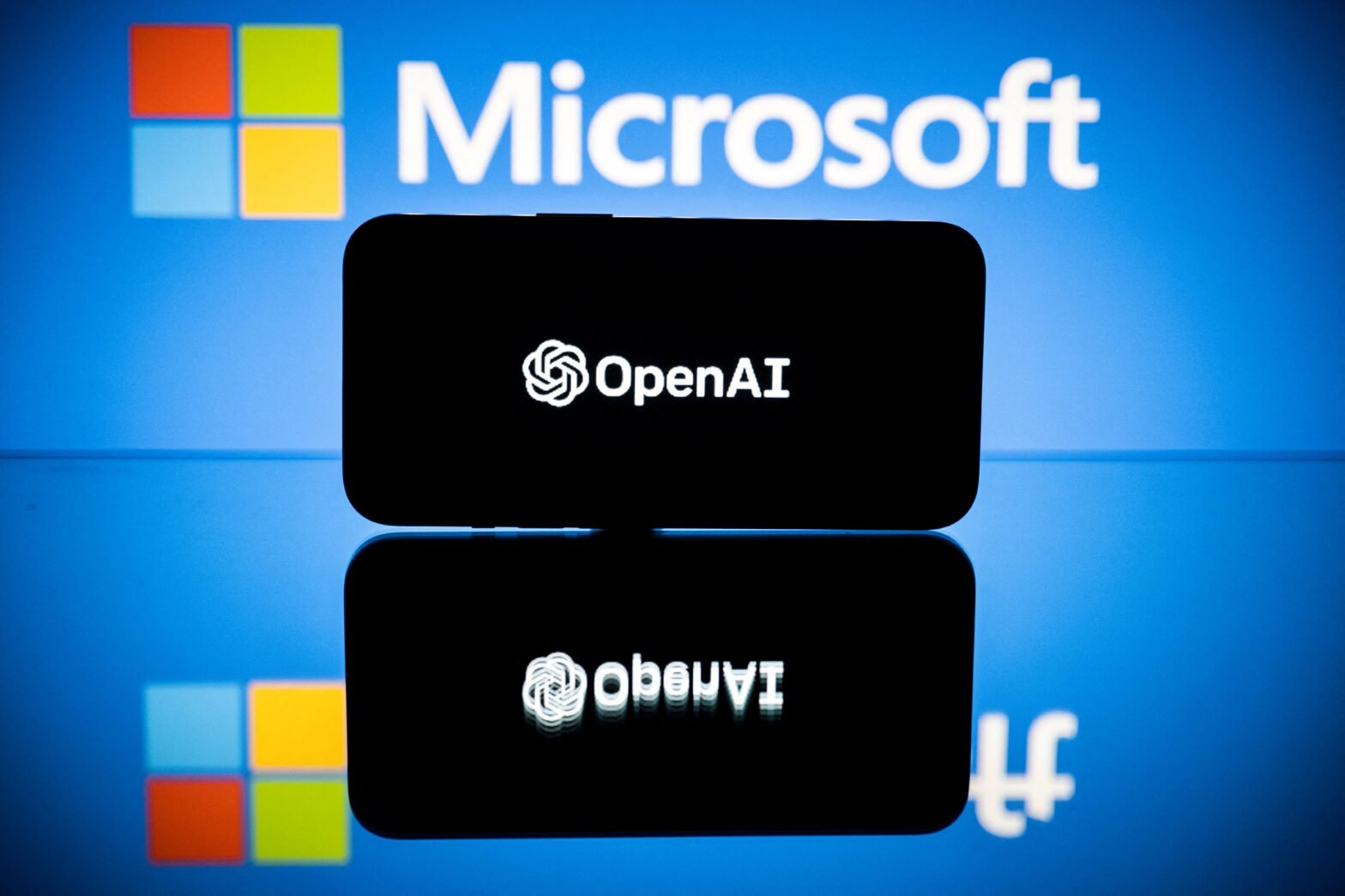The new GPT-4 software will reportedly be more versatile than its currently trending predecessor GPT-3.5, which underpins the popular chatbot ChatGPT, said The Times.
Andreas Braun, chief technology officer for Microsoft in Germany, said at a press event on Friday: “We will introduce GPT-4 next week, there we will have multimodal models that will offer completely different possibilities – for example videos.”
It’s currently unclear whether GPT-4 will be a standalone product, or an offering that will be incorporated into Microsoft’s ecosystem, similarly to the recently launched Azure OpenAI Service.
Such capabilities could prove a disruptor — in both a positive and negative sense — towards the operations in sectors such as advertising, marketing and screenwriting.
Existing generative AI software has already stirred up similar controversy in the art world, as well as across education with fears emerging that it can be a possible aid for writing and marking coursework.
OpenAI chief executive Sam Altman recently responded to such concerns around the impact of AI, stating: “Society will face major questions about what AI systems are allowed to do, how to combat bias, how to deal with job displacement, and more.
Altman also said that the deployment of models will be gradual, while the start-up looks to “empower individuals to make their own decisions and the inherent power of diversity of ideas”.
However, generative AI advisor Henry Ajder, who sits on the European Advisory Council at Meta Reality Labs, has argued that GPT-4’s release is quicker than expected, and that such text-to-video technologies have created “some of the most impact, and have some of the most visceral impact when deployed in malicious contexts.
“How robust is it going to be both from an actual technical perspective, but also from a safety perspective?”
>See also: ChatGPT vs GDPR – what AI chatbots mean for data privacy
Hype surrounding GPT-4
As the largest investor in ChatGPT developer OpenAI, Microsoft appears to be playing a major role in GPT-4’s development and pending release, having recently embedded ChatGPT into its Bing search engine.
With hype around the possible capabilities of the new upgrade swirling for the last few months, Altman commented: “The GPT-4 rumour mill is a ridiculous thing. I don’t know where it all comes from.
“People are begging to be disappointed, and they will be.”
While it isn’t yet clear how exactly the new AI model will take shape, a “multi-modal” system would allow for the creation of images, sounds and video via text commands.
Other OpenAI offerings that can do this include Jukebox, which can create music using text, and DALL•E, which generates images from text, released in April 2020 and January 2021, respectively.
Additionally, other text-to-video products have been developed, including Meta‘s Make-A-Video project, and Imagen from Google. These, however, are yet to be released as products.
Related:
We chat with ChatGPT itself about the future of AI — What can ChatGPT tell us itself about the future of AI? We present a Q&A with the chatbot, and find out.
The challenge of using ChatGPT for search engines — Large language models (LLMs) such as ChatGPT may be emerging as complements for search engines, but there are still pitfalls to consider.










